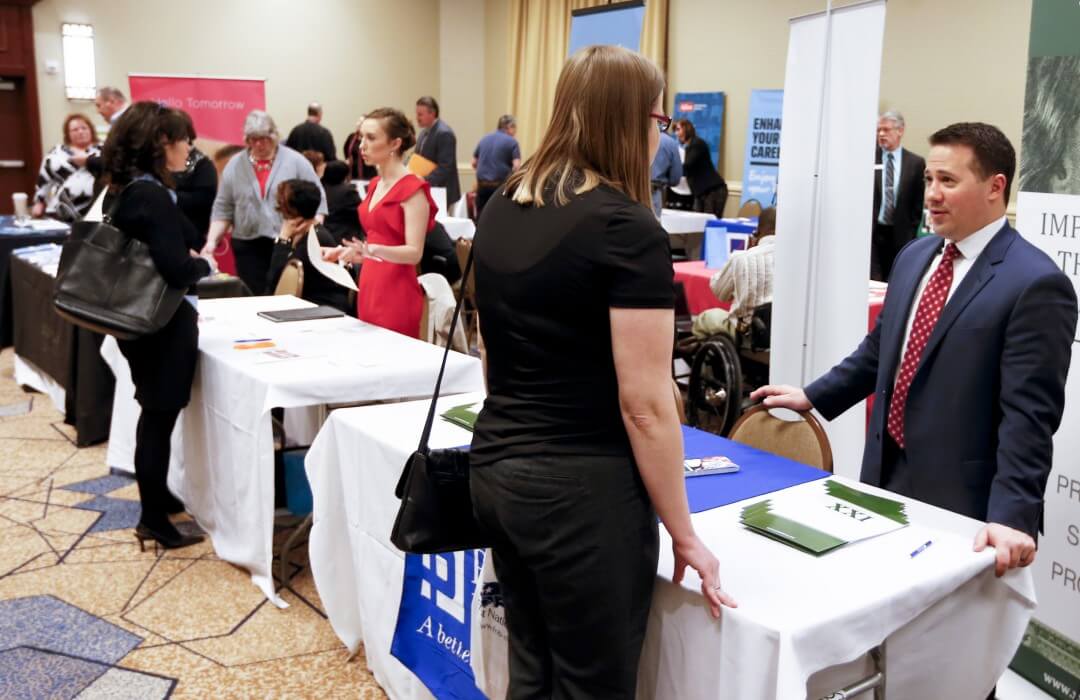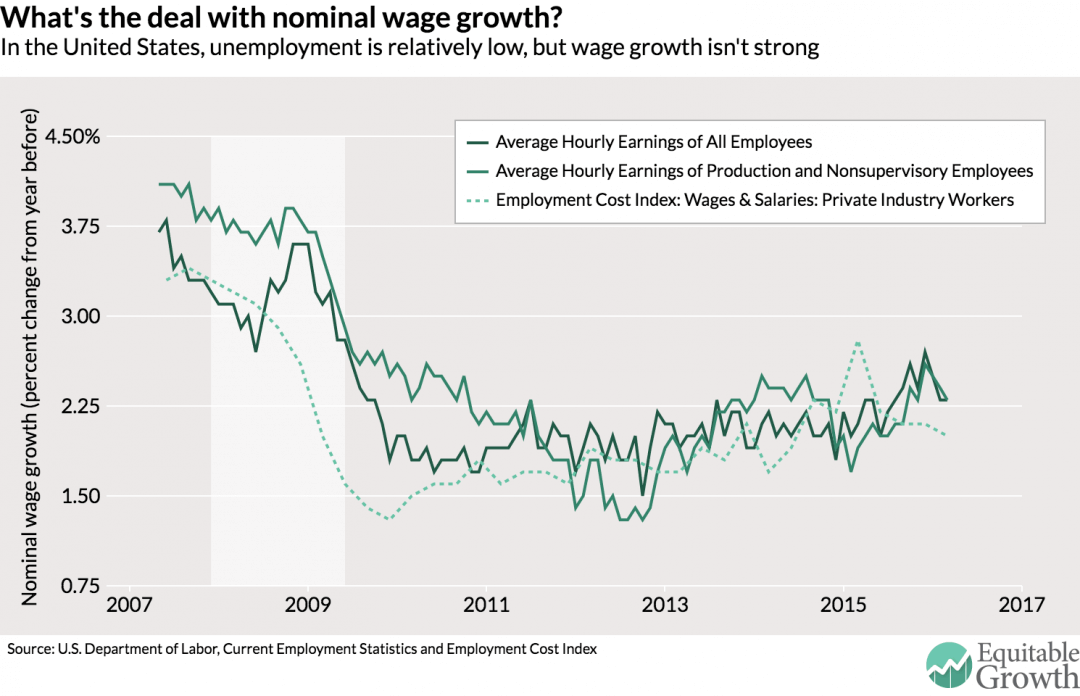…which is also described as the history of inequality in the ownership of capital. In order to embark upon such a project, one must provide a definition of wealth and capital, which turns out to be a contentious undertaking.
For Piketty, wealth and capital are ultimately socially constructed categories. When he refers to wealth, he is not talking about land or machines or buildings necessarily. He is talking about anything that can be traded as an asset that generates a financial return in a society at a given moment in time. In periods when people could be bought and sold like capital, those people counted as wealth. Right now, monopoly rights over ideas (patents) and media (copyright) count as wealth as well.
So he is not tracking the history of wealth and capital in a physical sense. He is tracking the history of the distribution of asset values. The decision to track wealth this way is clearly the correct one for his project, but it already appears to be driving some confusion in the crush of reviews and reactions.
Wealth Is Socially And Politically Constructed
The source of this confusion is that, within economic discourse especially, we often conceptualize wealth as this almost objective thing: there is a building here and it has a certain market value and that is the amount of wealth it represents. But the ‘market value’ of a given asset is totally dependent upon the way our laws construct our economic institutions.
Consider an apartment building for instance. The market value of that apartment building is supposed to be the net present value of the flow of future rents the building will generate. But the future flow of rents depends upon the laws surrounding the leasing of apartments. In a legal universe with rent control, the market value of the apartment building is lower than a legal universe without rent control. Moving from a non-rent-control universe to a rent-control universe would not change the building at all, but it would destroy a lot of ‘wealth’ (defined here as asset values) because it would reduce the net present value of the flow of future rents the building will generate. Moving in the opposite direction would create a lot of ‘wealth.’
Obviously, changing rent laws does not literally create or destroy wealth in the physical sense of the word. The building is still the building. All it does is change legal relationships such that the market value of the building has gone down, making total wealth in the national accounts decline. Market values, and therefore wealth, do not track objective valuations of things in the abstract; rather, they track the valuation of legally constructed rights and powers with regards to things.
Germany
It is precisely this legally constructed nature of wealth that JW Mason hit on in an excellent post on Piketty at his blog. In the post, he walks through the puzzle that economic powerhouse Germany has the least wealth in Europe. He points out that they don’t actually have the least wealth in some physicalist sense of the word. It’s just that their legal institutions grant less rights and powers to people with regard to a variety of wealth assets. And that causes wealth to show up much lower in the national accounts.
For instance, Germany’s corporate governance structure limits the power of shareholders over firms, delegating a significant chunk of power to workers in the firms instead. This means that the asset value of corporate stock is lower, which means ‘wealth’ in the country is lower. But that wealth valuation does not reflect the physical reality of machines and buildings and tools and so on that firms actually hold. It just reflects, as all market values do, the way German law has constructed economic power and control over firms.
Robert Hale
The pioneer of this legal constructivist account of market valuation was legal realist Robert Hale. Instead of just remarking on how rent control of corporate governance reform can cause asset values to rise or fall, Hale goes all the way to the bone with his analysis. Laws do not just affect valuation of assets. Laws are the very core of asset values.
The net present value of the future flow of income from an asset is entirely structured by legal regimes. A country that has no property law, for instance, would have asset values of $0 even if it was identical to the US in terms of the buildings and machines and so on that was contained within it. If that same country invented some real weak property laws, then asset values would pop into existence because future flows of income would suddenly become a thing you can account for in the present and therefore capitalize into an asset price. I could go further with this, but the point should be clear enough here: since laws create and enforce powers and rights with respect to things and their future use, they are also the primary determinant of ‘wealth.’
Failure to appreciate the legally constructed nature of asset values and therefore ‘wealth’ causes economists and courts alike extreme confusion. They often analyze wealth and economic interactions as if they are these scientific, pre-political things, and in so doing totally miss the institutional forces that are actually determining things like asset prices.
Hale provides an amusing example of this confusion in the form of court cases where judges are trying to figure out what rates to set for public utility prices. The way these courts often handled this question was to determine the market value of the assets of the utility, multiply those assets by a particular rate of return, and then set the utility prices accordingly. This seems reasonable enough except that the ‘market value of the assets of the utility’ is entirely determined by what the utility prices are. Since the utility’s assets are valued by the net present value of the future flow of income, and the future flow of income is established by the price the judge selects, the judge is actually determining the value of the utility’s assets when they establish the prices even though the judge thinks they are reflecting the value of the utility’s assets.
Conclusion
The public utility cases are an especially egregious example of this sort of confusion about what wealth is, and one that seemed to have unhealthily obsessed Hale. But it’s emblematic of the broader trend here. Our discourse in this world, even in learned policy circles, still talks about our economy as if it is this quintessentially pre-political, natural thing. Politics in this discussion is described as something that invades, intervenes, and distorts the natural, independent workings of this separate thing called the economy.
Accordingly, deep confusion abounds as people try to scope in hard on what capital or wealth really is as if they are physicists studying a natural phenomena. Wealth assets are always and anywhere political and social constructs. Things exist, but ‘wealth’ is a fiction, the contours of which are fully derivative of how we create our systems of control and power over the material things of the world. This is not some kind of abstract philosophical point either. Just look at asset value data (as in Germany) and you see it, empirically.


